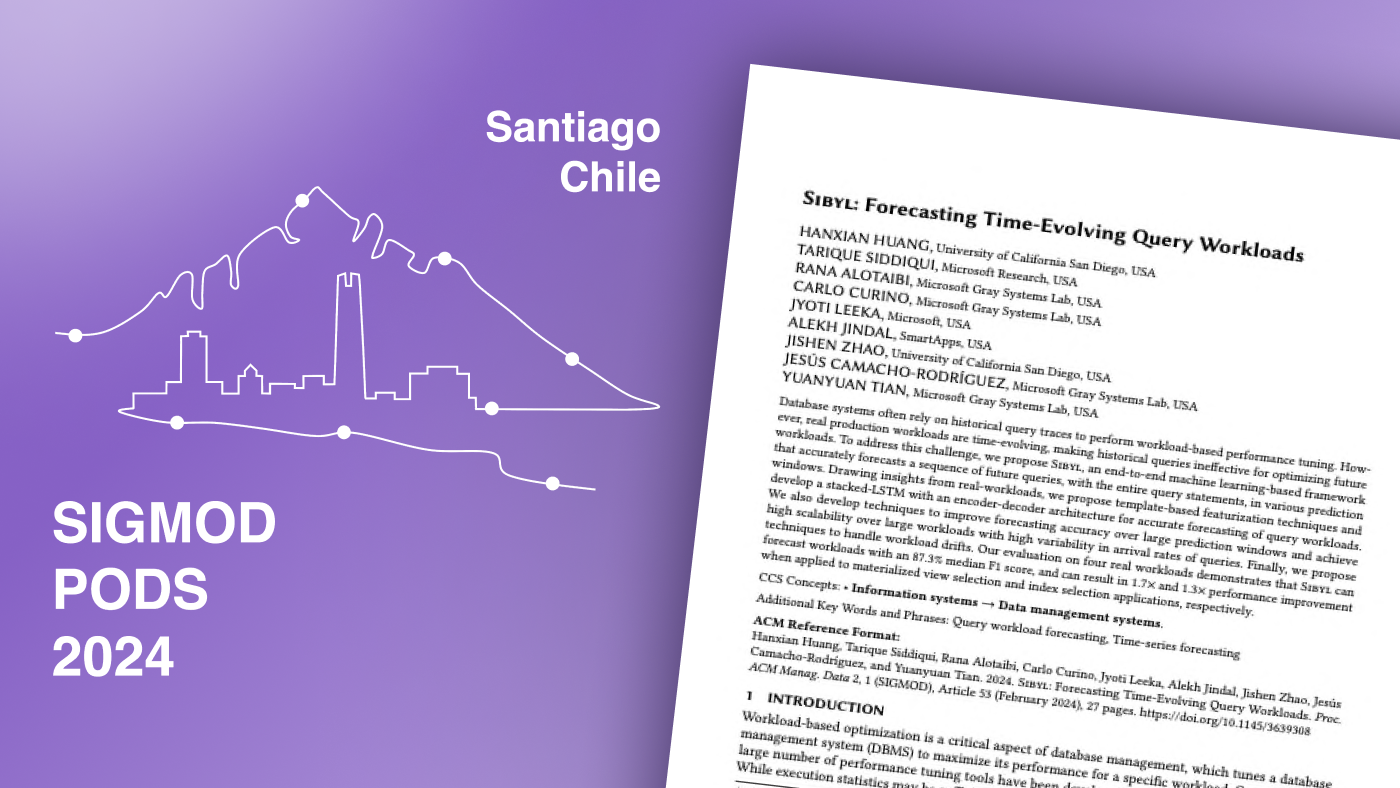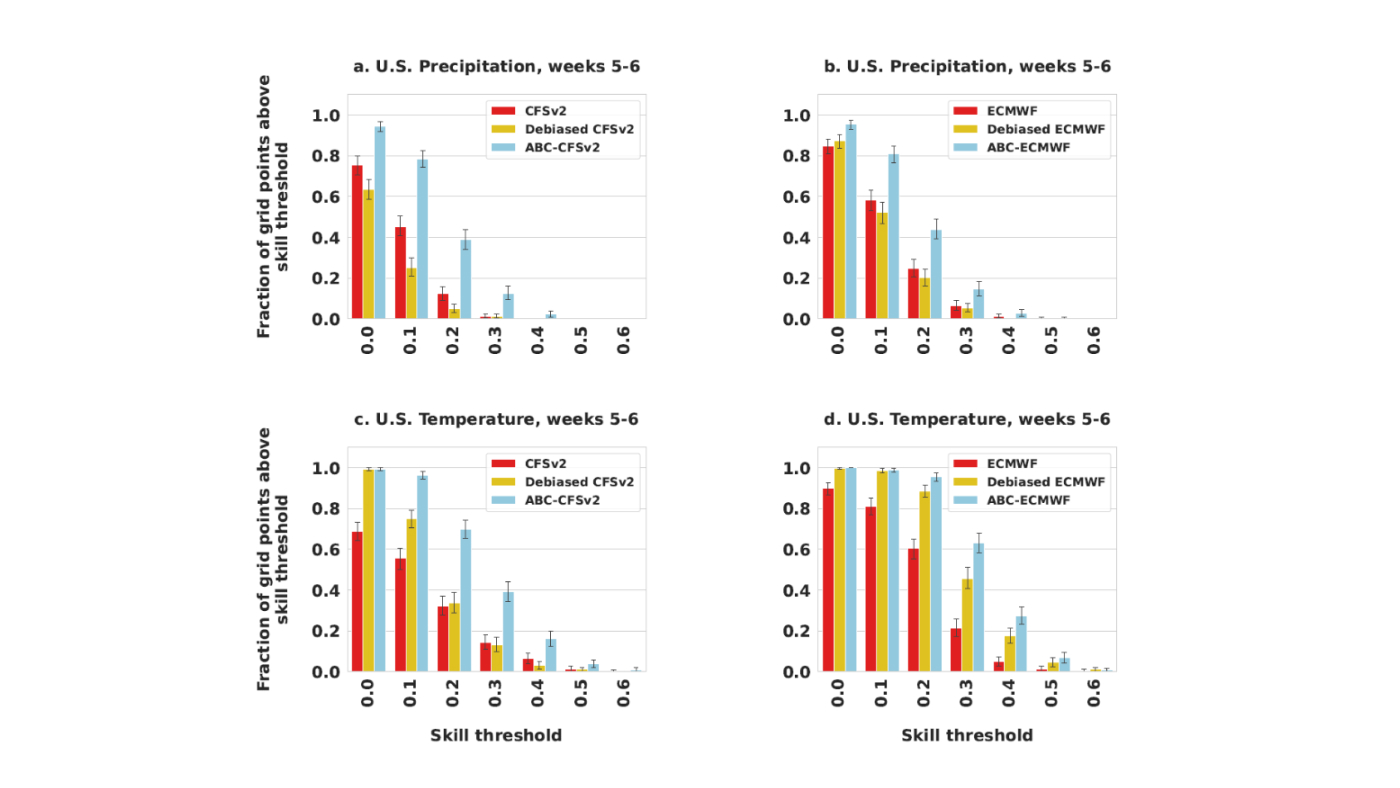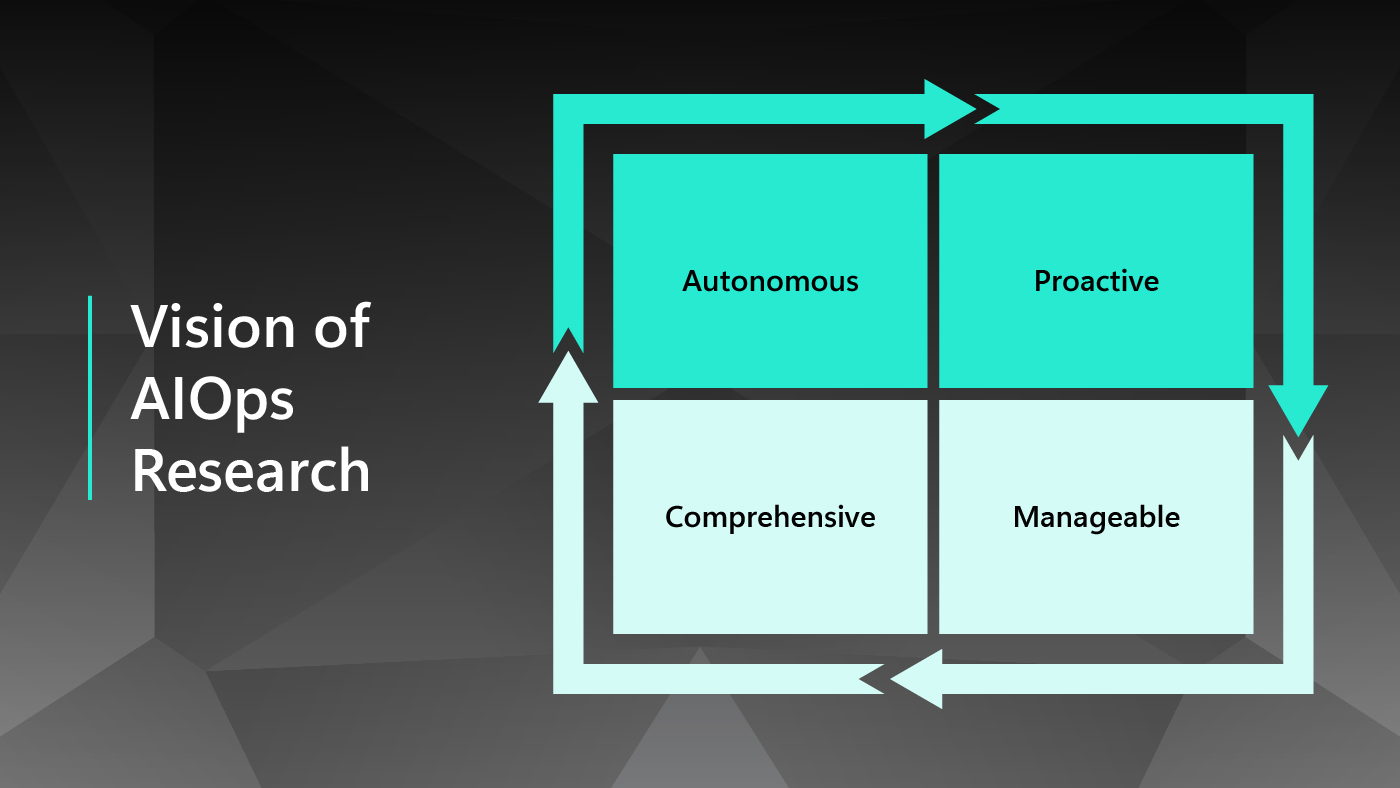Halloween 2013 brought real terror to an Austin, Texas, neighborhood, when a flash flood killed four residents and damaged roughly 1,200 homes. Following torrential rains, Onion Creek swept over its banks and inundated the surrounding community. At its peak, the rampaging water flowed at twice the force of Niagara Falls (source: USA Today).

While studying the flood site shortly afterwards, David Maidment, a professor of civil engineering at the University of Texas, ran into an old acquaintance, Harry Evans, chief of staff for the Austin Fire Department. Recognizing their shared interest in predicting and responding to floods, the two began collaborating on a system to bring flood forecasts and warnings down to the local level. The need was obvious: flooding claims more lives and costs more federal government money than any other category of natural disasters. A system that can predict local floods could help flood-prone communities prepare for and maybe even prevent catastrophic events like the Onion Creek deluge.
Spotlight: Blog post
Eureka: Evaluating and understanding progress in AI
How can we rigorously evaluate and understand state-of-the-art progress in AI? Eureka is an open-source framework for standardizing evaluations of large foundation models, beyond single-score reporting and rankings. Learn more about the extended findings.
Soon, Maidment had pulled together other participants from academia, government, and industry to start the National Flood Interoperability Experiment (NFIE), with a goal of developing the next generation of flood forecasting for the United States. NFIE was designed to connect the National Flood Forecasting System with local emergency response and thereby create real-time flood information services.
The process of crunching data from the four federal agencies that deal with flooding (the US Geologic Survey, the National Weather Service, the US Army Corps of Engineers, and the Federal Emergency Management Agency) was a burden for even the best-equipped physical datacenter—but not for the almost limitless scalability of the cloud. Maidment submitted a successful proposal for a Microsoft Azure for Research Award, which provided the necessary storage and compute resources via Microsoft Azure, the company’s cloud-computing platform.
Today, NFIE is using Microsoft Azure to perform the statistical analysis necessary to compare present and past data from flood-prone areas and thus build prediction models. By deploying an Azure-based solution, the NFIE researchers can see what’s happening in real time and can collaborate from anywhere, sharing data from across the country. The system has also proved to be easy to learn: programmers had their computer model, RAPID (Routing Application for Parallel computation of Discharge) up and running after just two days of training on Azure. Moreover, the Azure cloud platform provides almost infinite scalability, which could be crucial as the National Weather Service is in the process of increasing its forecasts from 4,500 to 2.6 million locations. Of course, the greatest benefits of this Azure-based solution accrue to the public—to folks like those living along Onion Creek—whose property and lives might be spared by the timely prediction of floods.
—Dan Fay, Director: Earth, Energy, and Environment, Microsoft Research
Learn more





